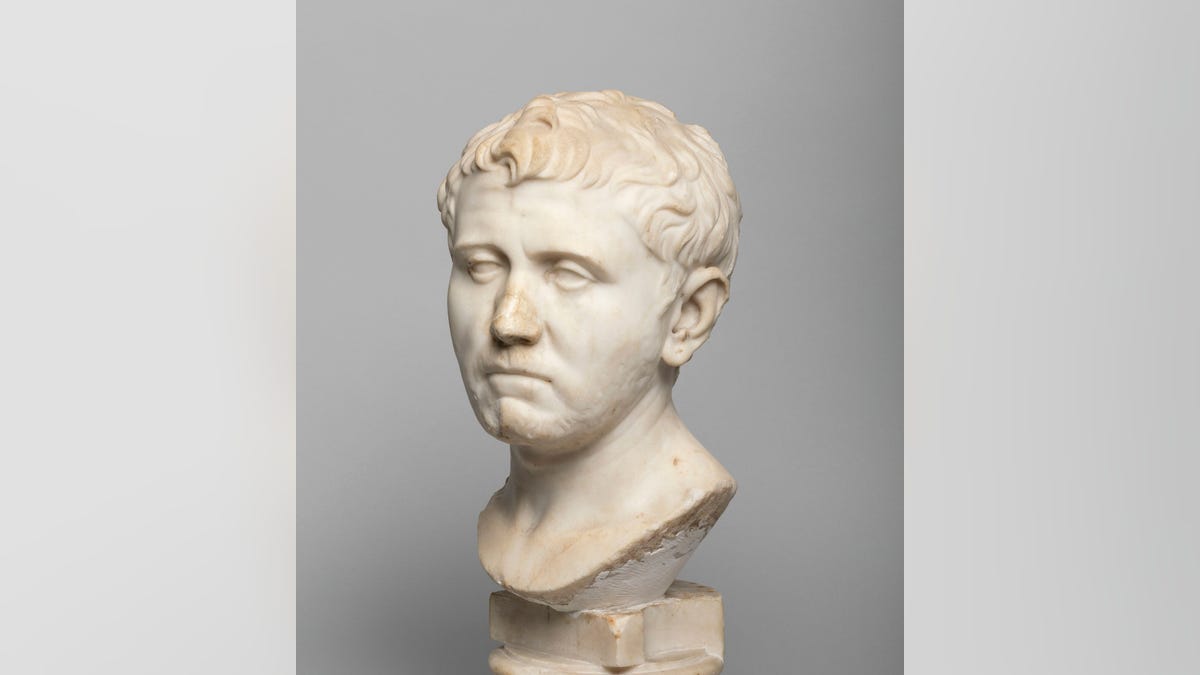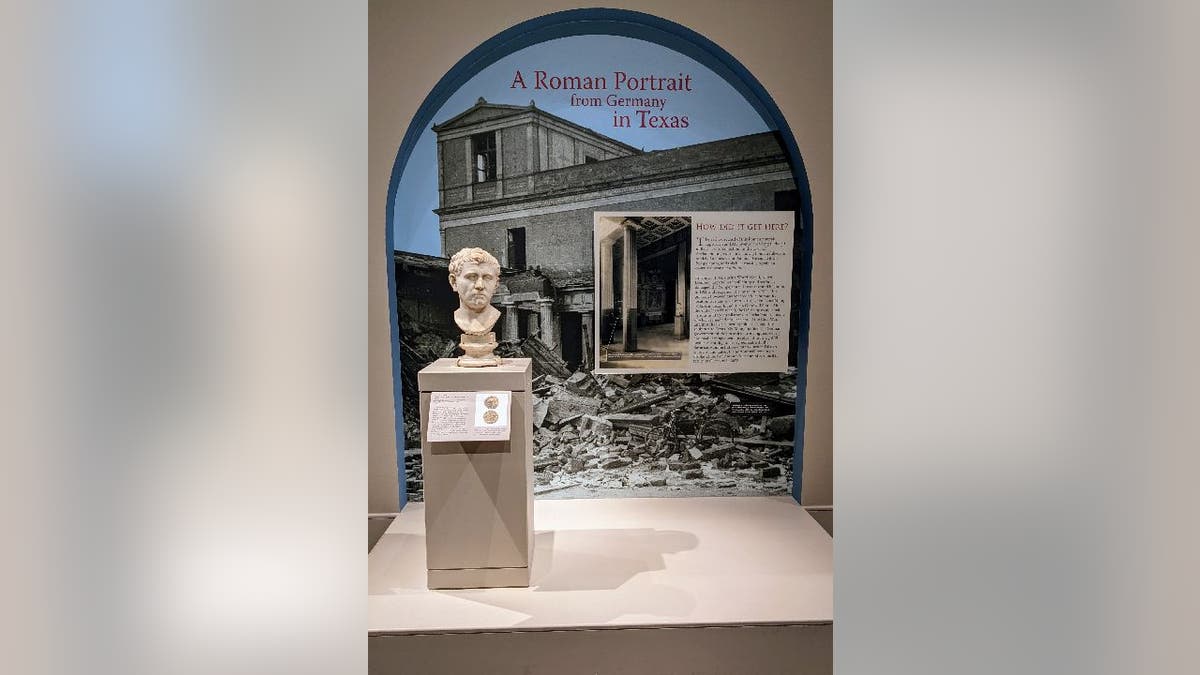Fox News Flash top headlines for April 17
Fox News Flash top headlines are here. Check out what's clicking on Foxnews.com.
The Roman bust of Nero Claudius Drusus Germanicus that made headlines last year for being a $35 Goodwill find with a regal past, will be returned to Germany after it concludes its display run at the San Antonio Museum of Art.
A spokesperson with the Texas art museum confirmed to Fox News Digital that Sunday, May 21, will be the last day visitors can see the historic marble statue.
Which modern-day countries made up Germania?
Historical records show that Germania encompassed parts of modern-day Germany, France, Switzerland, Poland, Denmark, Belgium and Netherlands, according to Encyclopaedia Britannica.
The centuries-old sculpture, which is reportedly modeled after Germanicus, a Roman military commander and politician who died around 9 B.C. in Germania – European tribal lands that were situated around the Rhine River, Vistula River, Danube River, North Sea, Baltic Sea and more – will be returned to the Pompejanum Museum in Aschaffenburg, Germany.
LOS ANGELES MUSEUM RETURNS 'ILLEGALLY EXCAVATED' ITALIAN ART TO MINISTRY
Art historians believe the bust of Germanicus may have been crafted between 1 B.C. and 1 A.D., according to the San Antonio Museum of Art.

This undated photo shows a marble bust that a Texas woman bought for about $35 from a Goodwill store that is temporarily on display at a San Antonio museum after experts determined it was a centuries-old sculpture missing from Germany since World War II. (San Antonio Museum of Art via AP)
Centuries after its estimated construction, the museum reports that art history experts were able to trace the statue back to King Ludwig I of Bavaria (Aug. 1786 to Feb. 1868), who had the bust installed in the courtyard of the Pompejanum – a Roman-style villa he commissioned and had built in the 1840s as a replica of Pompeii.
10 SECRETS OF KING TUT'S TOMB 100 YEARS AFTER ITS DISCOVERY
Today, the Pompejanum is a tourist attraction that welcomes visitors who pay admission fees set by the Bavarian Administration of State-Owned Palaces, Gardens and Lakes.
The San Antonio Museum of Art obtained the bust from Laura Young, a Texas-based art collector who reportedly purchased the bust from a Goodwill thrift store in Austin in 2018.
In a press release, the art museum noted that it’s currently not known how the bust ended up in Texas, but authenticators with the international auction house Sotheby’s and the Bavarian Administration of State-Owned Palaces, Gardens and Lakes, have confirmed the statue’s ties to Ludwig I.
WASHINGTON WOMAN MAKES 'SHOCKING' DISCOVERY AFTER PURCHASING $3.99 URN AT GOODWILL

The Marble bust of Nero Claudius Drusus Germanicus will be on display at the San Antonio Museum of Art until May 21, 2023. The exhibit is called ‘A Roman Portrait from Germany in Texas.’ ( San Antonio Museum of Art)
The San Antonio Museum of Art told Fox News Digital that the marble bust of Germanicus had been purchased by Ludwig I through a "legitimate art market in Italy" and that very reason is why the statue will be returned to the Pompejanum in Aschaffenburg, Germany, instead of Rome.
"The German State was the last legal owner of the portrait, which was in the collection of the Bavarian King Ludwig I by 1833," the museum wrote in an emailed statement.
ANCIENT CEREMONIAL CHARIOT EXCAVATED IN POMPEII: 'EXTRAORDINARY FIND'
Germany reportedly lost possession of the marble bust after World War II and art history experts suspect the statue may have been stolen by a soldier after Allied forces bombed Aschaffenburg in January 1944, which "seriously damaged the Pompejanum," according to the San Antonio Museum of Art.
The museum reports that the bust could have been taken by someone in the U.S. Army between the 1940s and 1990s since the military branch had stations set up in Aschaffenburg until the end of the Cold War.

Seen here is the wreckage of the Pompejanum courtyard after the bombing of Aschaffenburg in 1944. (San Antonio Museum of Art)
The Bavarian Administration of State-Owned Palaces, Gardens and Lakes restored the Pompejanum in 1960 and opened it to the public in 1994.
CLICK HERE TO SIGN UP FOR OUR LIFESTYLE NEWSLETTER
Visitors who wish to see the Germanicus bust before it’s sent back to Germany on May 21, can find it at the San Antonio Museum of Art at 200 West Jones Avenue from Tuesdays through Sundays.


